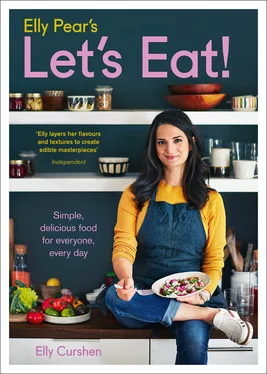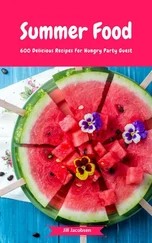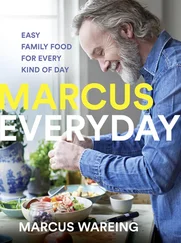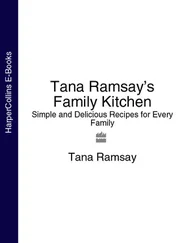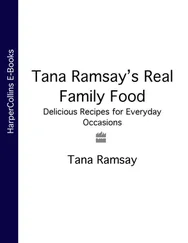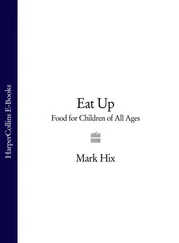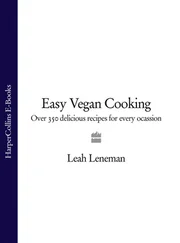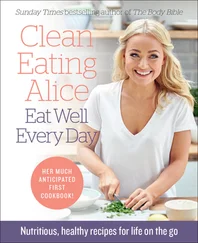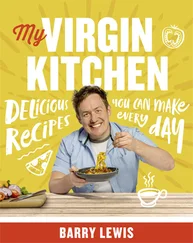I want to show you how a little advance prep can mean dinner on the table really quickly and easily, any day of the week.
This has been one of the best bits of feedback from Fast Days & Feast Days; following the 5:2 but being able to eat the same food as others is key to keeping the diet up. Who wants to sit and eat a sad ‘diet dinner’, entirely different from your family or housemates?
While doing the 5:2, I recalibrated my ideas about what it meant to really feel full or hungry. I curbed my tendency to mindlessly eat and got a grip of what a sensible portion size was. I also became much more experienced in finding ways to make dishes more interesting, textured and exciting. My garnish game was strong. Crucially, too, I’d discovered the benefits of batch cooking. I’d started using my freezer for more than ice and peas. I’d sorted out my dry stores and was much more adept at making dinner quickly without sacrificing deliciousness – by far the most important factor in any meal. I’d become an expert in using up bits and pieces after the fast days had created an abundance of half-used packets and produce. Now, I want to show you how a little advance prep can mean dinner on the table really quickly and easily, any day of the week.
*A ‘fast day’, for those who don’t know, is the ‘2’ bit of the 5:2 way of eating – two days a week when you restrict your calorie intake to 500 calories.
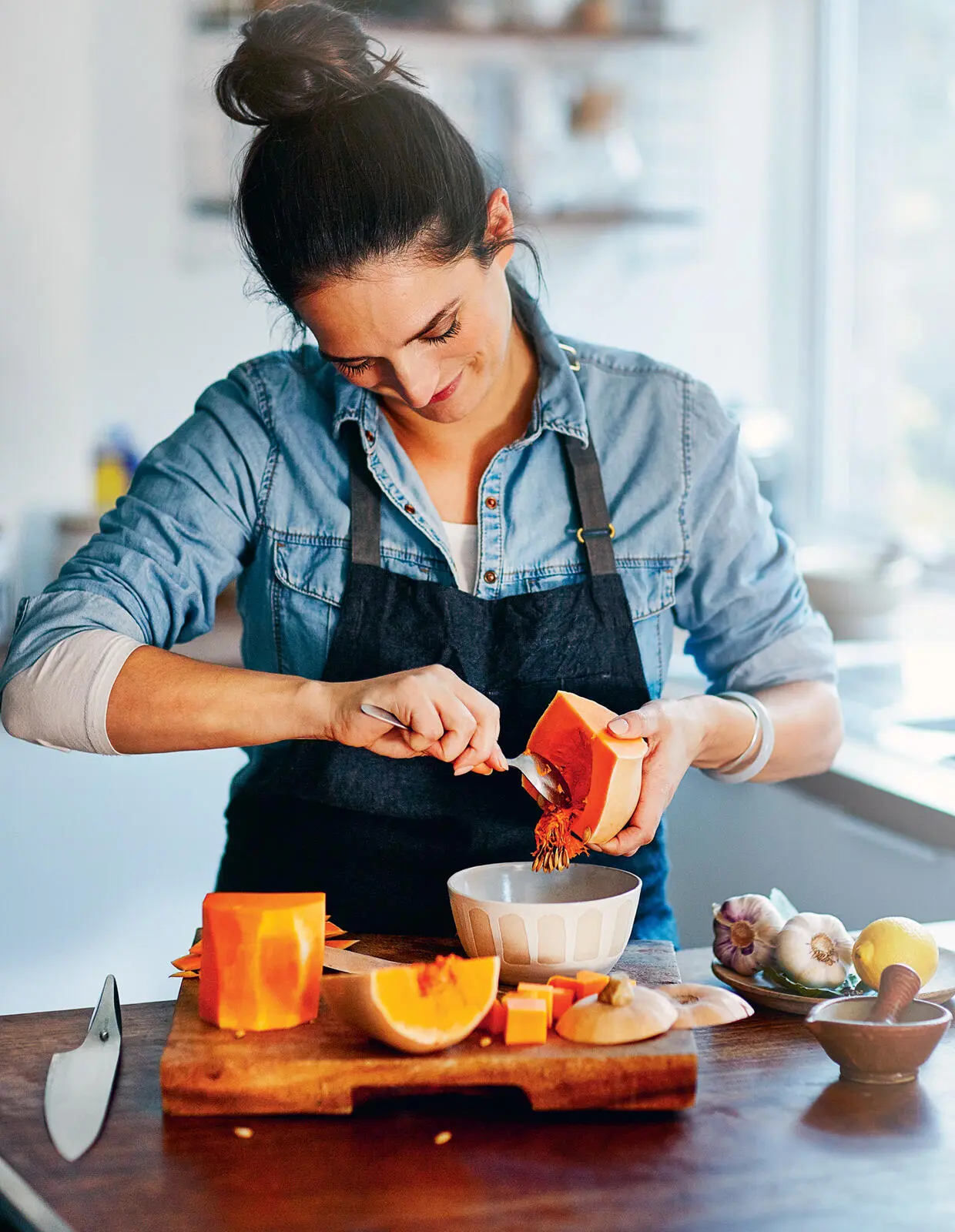
How to use Let’s Eat!
The first chapter of this book contains five freezable batch-cook recipes. Each is accompanied by four recipes to serve up each base in imaginative and wholly different ways, so you’re not eating the same thing over and over again.
The second gives you nine building-block recipes, each forming the main component for three delicious dishes – make the base once, serve it three ways, The third and final chapter is full of quick and easy menus – whole curated sets of recipes for all sorts of occasions. It’s all covered, from romantic dinners for two to brunch parties and family weeknight dinners. Elements from the previous chapters combined with new recipes and also some bought-in bits. Cook from them as intended, as set menus, or pick and choose individual dishes as you like.
I want to show you some ideas for cookery building blocks that you can then build on in your own way. Lots of inspiration and creative combinations that I hope will get you trying new things, mixing it up and feeling confident to take things in a new direction. These are recipes to make your life easier. Food to be proud of – whether there’s anyone else there to see it or not! Let’s go. Let’s eat.
These are recipes to make your life easier. Food to be proud of – whether there’s anyone there to see it or not!
Storecupboard and Staples
There’ll be very little in this book that you won’t find easily in your local shops or a supermarket.
Apart from fresh produce, the following items are all the things you need to cook the recipes in this book. If there’s anything you have trouble sourcing in your neighbourhood, I can’t recommend souschef.co.ukhighly enough. They won the Observer Food Monthly award for Best Independent Retailer. You’ll see why. A treasure trove of the world’s delights, just a click away.
Storecupboard basics
Oil
I use olive oil for nearly everything – a cheaper one for cooking and fruity, strongly flavoured, top-quality extra-virgin ones for dressings. I keep a cheap vegetable/ sunflower oil in stock for deep-frying (straining, cooling and reusing it a couple of times) and love having other interesting things like argan oil or smoked olive oil on hand for using on salads and to dress vegetables while still warm. My (organic, virgin) coconut oil generally lives in my bathroom, where it makes an excellent face cleanser and moisturiser; it only makes occasional forays into my kitchen.
Vinegars
I love the wide variety of vinegars available and they all have their uses. I have shedloads nearby at all times, but the ones I use most frequently are sherry, balsamic, white wine, red wine, apple cider and rice wine.
Other condiments
Mayonnaise, tomato ketchup, Worcestershire sauce, Tabasco, hot sauce, honey, American-style mustard (like French’s), English mustard powder, pomegranate molasses, Dijon mustard, wholegrain mustard.
Spices and dried herbs
Bay leaves, cloves, cardamom pods, chilli flakes, coriander seeds, cumin seeds, cinnamon sticks, garam masala, mustard seeds, pul biber (Turkish mild chilli flakes, AKA Aleppo pepper), smoked paprika, star anise, dried thyme, ground cumin, whole nutmeg, vanilla pods, ground cinnamon, Chinese five-spice, turmeric, mixed spice, curry powder, allspice berries, cayenne pepper, chipotle chilli flakes, celery salt, dried oregano.
Nuts and seeds
Blanched almonds, cashew nuts, ground almonds, hazelnuts, nigella seeds, peanuts, pine nuts, pistachios, pumpkin seeds, sesame seeds, sunflower seeds.
Salt and pepper
Black peppercorns in a mill, Maldon sea salt flakes, smoked salt, vanilla salt, pink peppercorns.
Rice and dried pulses
Black beans, red lentils, green lentils, brown rice (short grain is my favourite).
Pasta
If I could only choose two, I’d pick linguine and rigatoni. Hopefully I’ll never be called upon to make such a huge decision.
Tins
Coconut milk, tinned tomatoes (chopped, cherry and whole plum), cannellini beans, sweetcorn, chickpeas.
Jars
Pickled jalapeños, passata, pickled turnips, preserved lemons, roasted peppers, capers, olives, chermoula, anchovy fillets. They can live happily on the shelf until opened, then move to the fridge.
Asian ingredients
Miso, udon, thin rice and soba noodles, soy sauce (I use Kikkoman), Sriracha chilli sauce, rice paper wrappers, sesame oil.
Middle Eastern ingredients
Orange blossom water, tahini, sumac, dried rose petals, dried barberries.
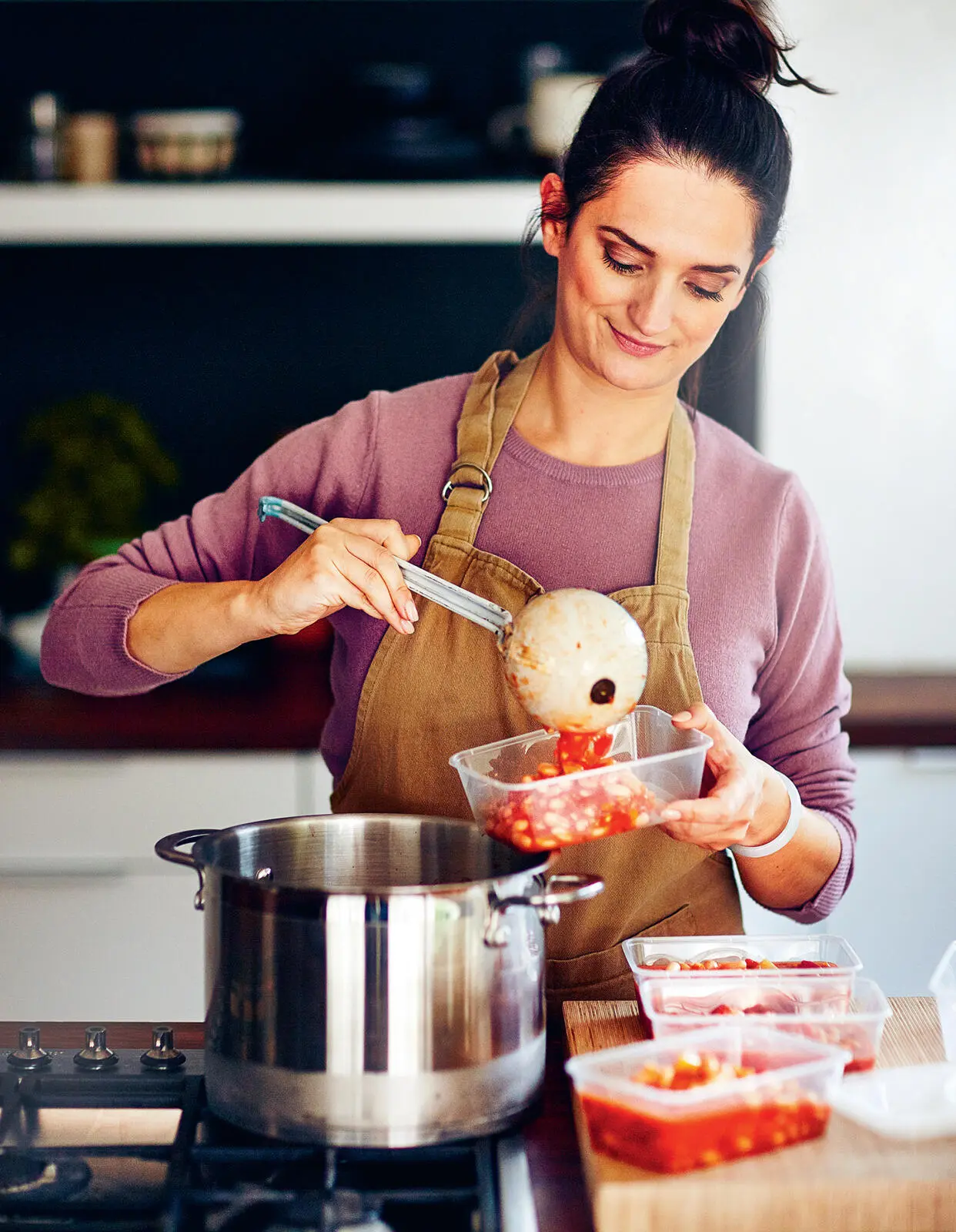
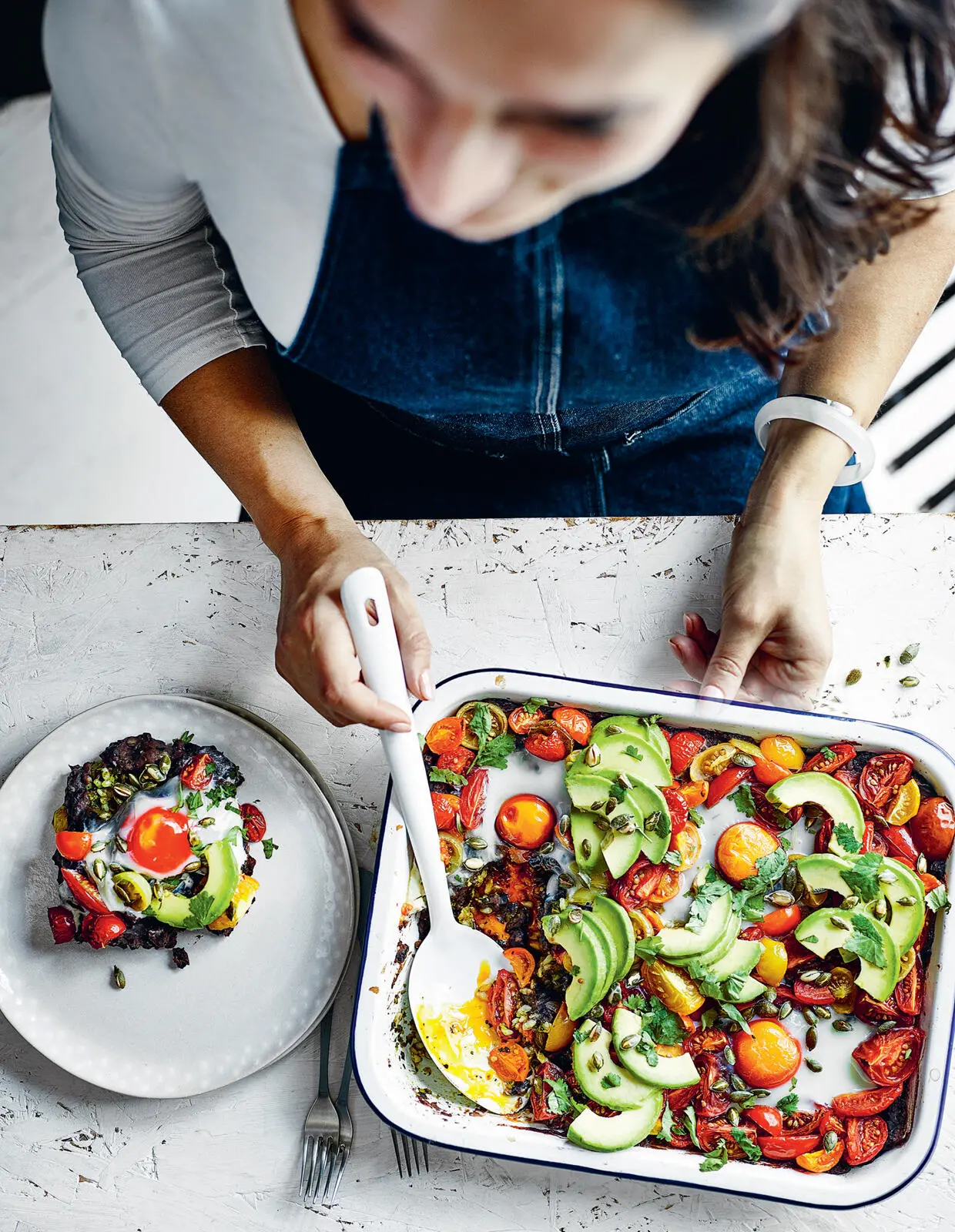
Breadcrumbs
I always use fresh breadcrumbs, never the toasted shop-bought kind. Whenever I buy bread I slice it at home, freeze it and then blitz the crusts in a food processor and pop in a freezer bag. Whenever a recipe calls for breadcrumbs, use these.
Other random bits
Vegetable bouillon powder (stock), plain and self-raising flour, caster sugar, both dark and light soft brown sugars, tomato purée, freekeh, giant couscous, sultanas, marmalade, cornflour, dark chocolate, peanut butter, baking powder, porridge oats, instant polenta, cocoa powder, maple syrup, golden syrup, coconut flakes, desiccated coconut, panko breadcrumbs.
Fresh staples
Milk
I always buy organic. It is better in so many ways: for you, the cows, the farmers and the planet (look at organicmilk.co.ukfor loads of interesting info), and it only costs a few pence more a pint than non-organic milk. I truly believe it also tastes so much more delicious.
Butter
Butter is something where it really pays to buy the best you can afford. It tastes so much better.
Yoghurt
I use thick Greek-style yoghurt most often and regular natural yoghurt sometimes too. Buy both organic wherever possible.
Eggs
My most used ingredient and I make sure I never run out. Always free-range, organic if you can. Happy chickens lay much nicer eggs. Remember that if you want to poach eggs, they need to be super, super fresh. As they age, the white breaks down inside the shell and you’ll find it very difficult to make a neat poached egg.
Читать дальше
